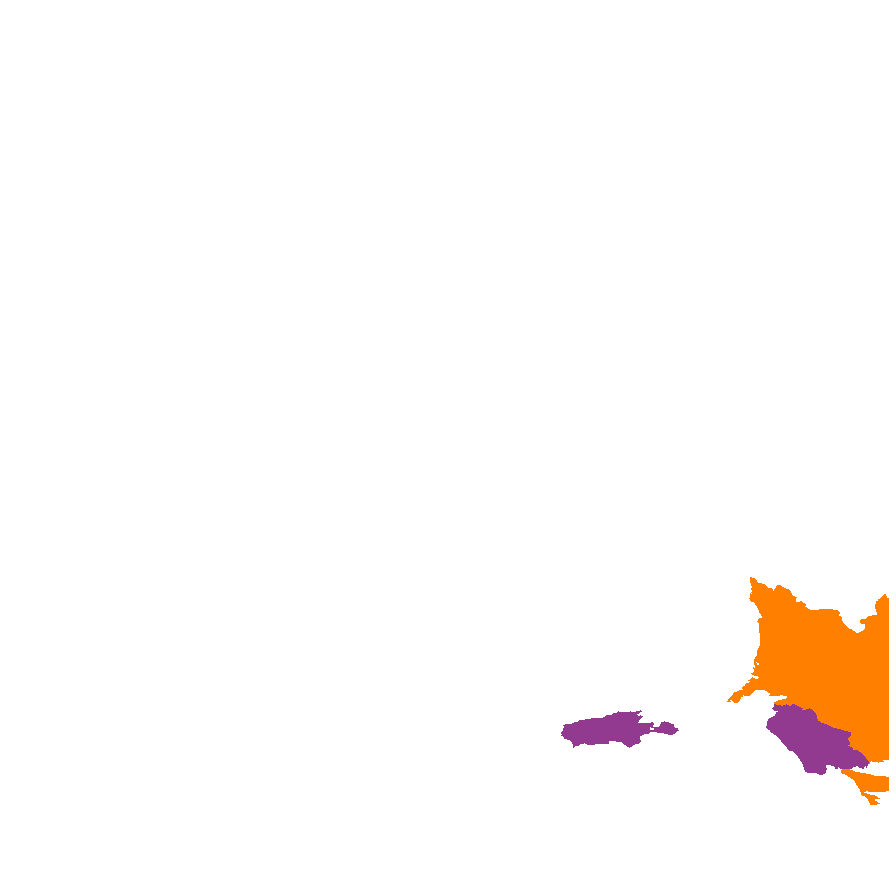










Prior names
Senecio pilosicristus
Etymology
Senecio from the Latin 'senex' meaning an old man, referring to the white pappus attached to the seed. Pilosicristus from the Latin 'pilosus' meaning hairy and 'cristus' meaning ridge, referring to the papillose hairs along the prominent ridges of the achenes.
Distribution and status
Found in the Murray region in South Australia, with old records from Kangaroo uisland, growing on sandy loam soils in swales amongst burnt mallee. Also found in Victoria. Native. Very rare in South Australia. rare in Victoria.
Herbarium regions: Murray, Kangaroo Island, South Eastern
NRM regions: Kangaroo Island, South Australian Murray-Darling Basin, South East
AVH map: SA distribution map (external link)
Plant description
Short-lived, erect, fleshy, glaucous herb to 70cm tall. Leaves sessile, stem clasping, tapered-lanceolate. Cauline leaves on reddish purple stems. Basal rosette leaves spathulate to 90 mm long and 25 mm wide. Inflorescence terminal clusters with 4-10 large yellow daisy flowers. Flowering between August and November. Fruits are large fluffy daisy-head with exposed white pappus. Seeds are dark brown oblong seed to 5 mm long with longitudinal ridges covered in white hairs and white pappus. Seed embryo type is spatulate fully developed.
Seed collection and propagation
Collect seeds between October and December. Collect heads that are large and fluffy. Either pick off the whole heads or use your finger and pull off the seeds from the head. Mature seeds will come off easily. Place the heads in a tray for a week to dry. No cleaning is required if only pure seeds are collected. If heads are collected, then rub the heads gently with your hands to dislodge the seeds. Viable seeds will be fat and hard. Store the seeds with a desiccant such as dried silica beads or dry rice, in an air tight container in a cool and dry place. From one collection, the seed viability was high, at 85%.
| Location | No. of seeds (weight grams) | Number of plants | Date collected | Collection number Collection location | Date stored | % Viability | Storage temperature |
|---|---|---|---|---|---|---|---|
| BGA MSB | 6,200 (18.85 g) 1,800 (5.55 g) | 50+ | 20-Oct-2010 | DJD1900 Murray | 1-Jan-2012 | 85% | +5°C, -18°C |
Number of plants: This is the number of plants from which the seeds were collected.
Collection location: The Herbarium of South Australia's region name.
% Viability: Percentage of filled healthy seeds determined by a cut test or x-ray.